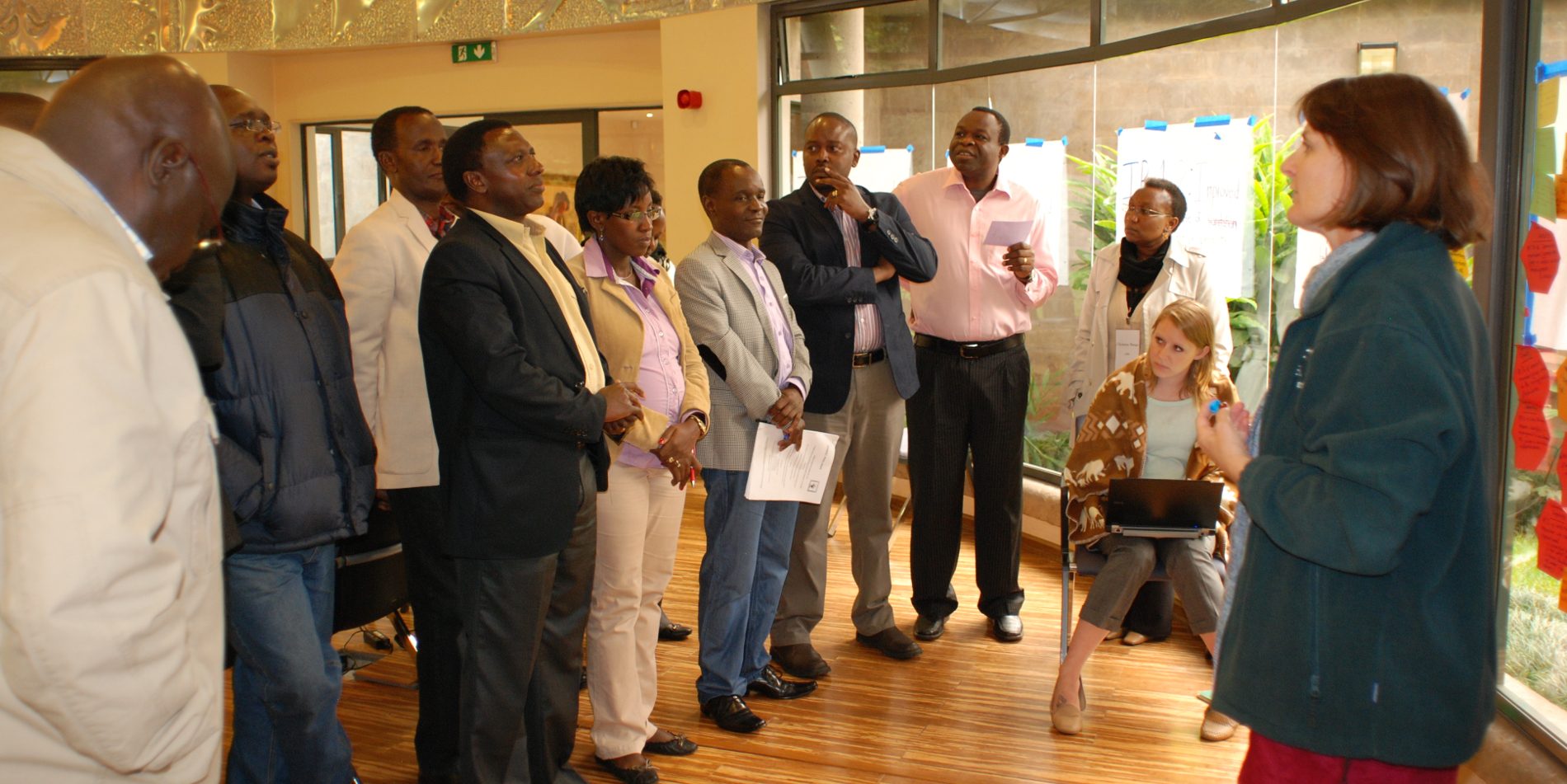Find the workshop summary report here
Water, poverty and environment are intrinsically connected. Areas of high endemism and biodiversity are usually relatively remote and as a result human communities living in close proximity to these areas tend to be impoverished with little to no access to improved water sources and sanitation facilities. Conversely, in the downstream reaches of rivers, acute water shortages are becoming the norm in some areas as the myriad of stakeholders take up water to meet their disparate needs which include heavy industry, irrigation for agriculture, fisheries, tourism, and municipal water and electricity utilities. The impacts on human health linked to the lack of access to improved water and sanitation facilities range from water-borne diarrheal diseases such as typhoid, giardia and cholera to water-washed diseases such as roundworm, trachoma and scabies.
Water, sanitation, and hygiene (WASH) projects are a cornerstone of human development. Access to water (in relative proximity) translates into increased economic productivity and healthier communities. Well-planned sanitation infrastructure can both minimize the risk of water-borne diseases and result in healthier, more vibrant communities and ecosystems.
An USAID-funded 2012 report entitled, “ Linking Biodiversity Conservation and Water, Sanitation, and Hygiene: Experiences from sub-Saharan Africa” found that there are numerous organizations and projects in Sub-Saharan Africa that are integrating WASH and biodiversity conservation on an ad-hoc basis. The report, produced by the Africa Biodiversity Collaborative Group (ABCG), called for more comprehensive guidelines on how to integrate the two disciplines in different scenarios, ecoregions and climates.
Building on this report, in 2013, ABCG members collaborated with a number of development organizations specializing in WASH, to develop the Freshwater Conservation and WASH Integration Guidelines: A Framework for Implementation in sub-Saharan Africa guidelines for the design and implementation of integrated projects to improve freshwater conservation and human well-being. During the development of the guidelines, “monitoring and evaluation, indicators, and measuring results were themes that came up repeatedly as areas that were lacking research and guidance. Although each sector has existing frameworks for evaluating, for example, the number of people impacted by a WASH project or hectares restored within a watershed, there are no existing resources that evaluate the benefits of an integrated project.
To that end, ABCG members, the African Wildlife Foundation (AWF), Conservation International (CI), and the Nature Conservancy (TNC), co-hosted a workshop from July 15-17, 2014 in Nairobi, Kenya, for African conservation, health and development practitioners to design a WASH and freshwater conservation monitoring and evaluation (M&E) framework. The workshop was co-sponsored by the USAID Bureau for Africa and ABCG. This event, entitled the Workshop on Integrated Indicators for Freshwater Conservation and WASH Programming, wasthe first time that WASH and freshwater conservation sector professionals came together to craft an integrated M&E framework for improved health, development and conservation goals.
More than 26 health, development and conservation experts from Kenya, Malawi, Rwanda, Tanzania and Uganda contributed technical advice and strategic inputs on the overall framework for how WASH and freshwater conservation projects can be measured in a more holistic, mutually-reinforcing manner. The workshop participants included representatives from AWF, Catholic Relief Services, CI, Jane Goodall Institute, Kenya Water Towers Agency, Kenya WASH Alliance, Millennium Water Alliance, Neighbours Initiative Alliance, Netherlands Development Organization (SNV), Total LandCare, TNC, Water for People, Water Aid East Africa, Water and Sanitation for the Urban Poor, Wetlands International, World Vision, and the ABCG program officer.

By the end of the three days, workshop participants had reached agreement on a draft M&E framework and indicators for integrated programming, and CI, in collaboration with ABCG members, workshop participants and WASH and conservation partner organizations, will refine the framework in the coming month. The group also developed an outreach plan for disseminating the draft framework with donors, multi-sectoral partners and other conservation, health and development practitioners in sub-Saharan Africa. For questions on the M&E framework and guidelines, please contact Colleen Sorto at csorto@conservation.org.
Related Resource:
Click to download and read the workshop summary here
Watch and download presentation material of Highlights from the Integrated Freshwater Conservation and WASH M&E Workshop, September 2014.
- Click here for slides accompanying the September 30, 2014 workshop presentation
- Click here for a full audio-visual webcast of the September 30, 2014 event
- Download the final revised draft framework and indicators here
- Download the indicators and intermediate results table here
- Download the full workshop report here
- Visit the workshop event page here


Saved as a favorite, I really like your blog!